By Raymond Douglas Chong, AsAmNews Staff Writer
On Sunday, March 27, 2022, the American movie industry will hand out the Oscars in Hollywood at its 94th Academy Awards ceremony. The entertainment media will spotlight the Big Five Oscars: Best Picture, Best Director, Best Actor, Best Actress, and Best Screenplay. Fans will bask in the glitzy glamour of Tinseltown.
Since its inception in 1929, the Academy of Motion Picture Arts and Sciences (Academy) has awarded 3,140 Oscars. African Americans have received 51 Oscars (1.6%). Hispanic Americans have received 4 Oscars (0.1%). Asian Americans have won 12. (0.3%). The few Oscars for People of Color clearly reflect the systemic inequity by the Academy.
Background
In Hollywood, the Academy is an elite global community of accomplished artists, filmmakers, and executives who work in cinema.
White elites run the Chief suites (C-suites) in Hollywood and perpetuate institutional discrimination and racism. White American males have always dominated the voting for Oscars.
LATEST STORIES
They do not reflect the true demographics of Americans. According to the 2020 US Census, in a nation of 331.5 million people, the White population share has declined to 57.8%. The People of Color share has risen to 42.2%.
In 2015, at the 87th Academy Awards, all acting nominees (20 total) were White. And similarly at the 88th Academy Awards. April Reign created the Twitter hashtag #OscarsSoWhite, to criticize the dearth of non-White acting nominees. She highlighted the blatant inequality in Hollywood and the lack of representation of People of Color in acting.
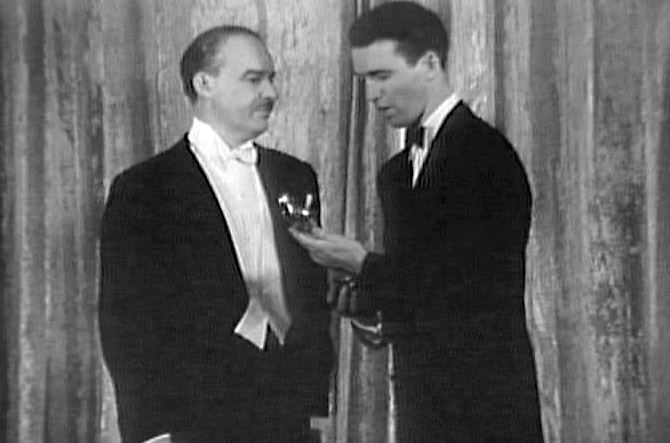
In 2015, Lee & Low Books analyzed The Diversity Gap in the Academy Awards for 87 years, 1927-2015. Their findings clearly showed the sheer Whiteness of the American cinema industry for the Oscars.
- Best Director Winners – 99% Male / 1% Female.
- Best Actor Winner – 92% White / 8% People of Color.
- Best Actress Winner – 99% White / 1% People of Color.
- Academy Branches
- Producers – 98% White / 2% People of Color.
- Writers – 98% White / 2% People of Color.
- Actors – 88% White / 12% People of Color.
- Academy Voters
- 93% White / 7% People of Color.
- 76% Male / 24% Female.
In response, the Academy ensured that its future membership invitations would better represent the demographics of the movie-going audience. In January 2016, the A2020 initiative committed to double the number of women and People of Color in membership by 2020. Progress has been made. As of 2021, 33% of active academy members are women and 19% are People of Color.
In 2021, the Academy launched its Academy Aperture 2025 initiative, a new representation and inclusion standard for Oscars® eligibility in the Best Picture category. They also will encourage equitable representation on and off-screen for the female gender and People of Color in its membership and the film community.
The University of California at Los Angeles (UCLA) College of Social Sciences released its “Hollywood Diversity Report 2021 – Part 1: Film,” April 2021, about the American cinema industry.
The annual study highlights:
1. Minority. The minority share of the U.S. population is growing by nearly half a percent each year.
2. Women. Like People of Color, women also have made meaningful progress in the film sector since the previous report. Women posted gains, relative to their male counterparts, in each of the four key employment arenas — among film leads, film directors, film writers, and total actors.
3. Accolades. English-language films released in 2019 with women leads and directors posted gains at the Oscars, while those led and directed by People of Color lost ground compared to the year before.
4. The Bottom Line. New evidence from 2020 supports findings from earlier reports in this series suggesting that America’s increasingly diverse audiences prefer diverse film content.
McKinsey & Company researched “Black representation in film and TV: The challenges and impact of increasing diversity,” in an article, March 11, 2021. It concluded that Black talent in the film and television industry faced barriers at the exclusive and inequitable workplaces. The hiring of Blacks in creative positions is dismal. Emerging Black actors have few opportunities for leading roles. At Hollywood C-suites, minority representation is sparse.
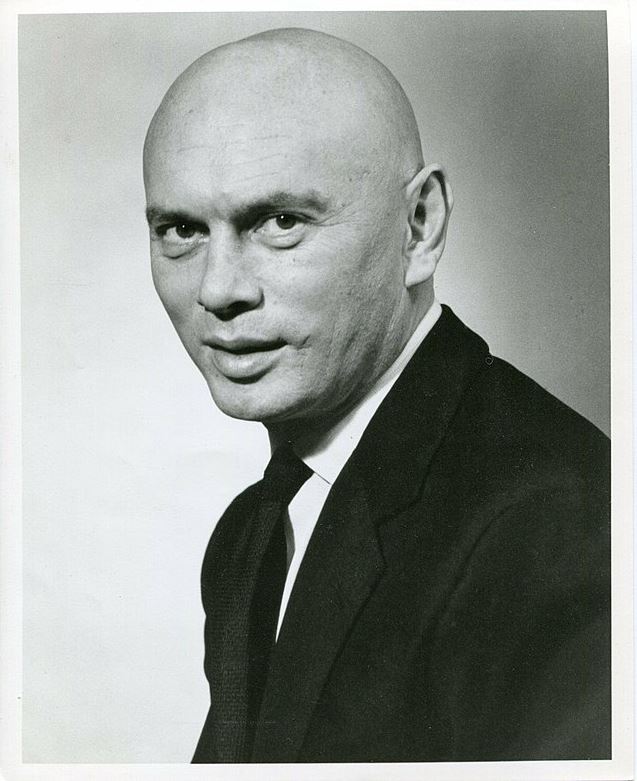
AAPI Community
Today, 25.4 million Asian Americans & Pacific Islanders make up 7.7 percent of the US population. But since the inception of the Academy Awards in 1929, AAPI has only won 12 Oscars of 3,140 total (0.4%). Only one Oscar in the Big Five Oscars with five nominees. No Best Actor winner since 1956. No AAPI winners for Best Picture, Best Director, Best Actress, and Best Screenplay.
The mere list of AAPI Oscar winners include:
- Yul Brynner (Buryat), Best Actor, 1956, in The King and I.
- Haing S. Ngor (Cambodian), Best Supporting Actor, 1984, The Killing Fields.
- Miyoshi Umeki (Japanese), Best Supporting Actress, 1957, Sayonara.
- James Wong Howe (Chinese), Best Cinematography, 1955, The Rose Tattoo.
- James Wong Howe (Chinese), Best Cinematography, 1963, Hud.
- Tom Cross (Vietnamese), Best Film Editing, 2014, Whiplash.
- Sanzo Wada (Japanese), Best Costume Design, 1954, Gate of Hell.
- Kazu Hiro (Japanese), Best Makeup and Hairstyling, 2017, Darkest Hour.
- Kazu Hiro (Japanese), Best Makeup and Hairstyling, 2017, Bombshell.
- Robert Lopez (Filipino), Best Original Song, 2013, “Let It Go”for Frozen.
- Robert Lopez (Filipino), Best Original Song, 2017, “Remember Me” for Coco.
- H.E.R. (Filipino), Best Original Song, 2020, “Fight for You” for Judas and the Black Messiah.

Robert Lopez. Photo by TrekkieMonster via Wikimedia Creative Commons 
H.E.R. photo by MTV via Wikimedia Creative Commons
In 2020, Steven Yeun (Korean) was the second AAPI Best Actor nominee for his role as Jason Yi in Minari.
Mako Iwamatsu (Japanese), Bruce Lee (Chinese), Keye Luke (Chinese), James Shigeta (Japanese), and Anna May Wong (Chinese) were AAPI pioneers in acting during the Golden Age of Hollywood. The Academy should applaud their achievements in the American cinema industry. Mako Iwamatsu was a Best Supporting Actor nominee as Po-Han in The Sand Pebbles. Bruce Lee was a master martial artist, best known for Enter the Dragon. Keye Luke was a prominent AAPI actor who was known as Lee Chan, “Number One Son” in the Charlie Chan films. James Shigeta was a trailblazer in romantic male lead roles, best known as Wang Ta in Flower Drum Song. Anna May Wong was the first AAPI Hollywood movie star with international recognition, an exotic beauty, in silent films and sound films.
In summer 2021, The Geena Davis Institute on Gender in Media, released their groundbreaking study, “I Am Not a Fetish or Model Minority: Redefining What it Means to Be API (Asian and Pacific Islander) in the Entertainment Industry.” API respondents have experienced microaggressions, blatant racism, and tokenization in the Hollywood workplace.
The Study’s key findings related to API title cast in films:
- East Asians made up more than half of API characters.
- Over half of API characters had lighter skin tones.
- Audiences are asked to laugh at almost half of the API characters.
- When API identity is more salient to a character, they are less likely to be seen as sexy.
The American cinema industry still sadly sustains the myths of Asian Americans as the perpetual foreigner and model minority. The study found that female API characters are objectified as forms of sexualization. API characters are less likely to be shown in a relationship. Hollywood still portrays Asian Americans as meek servants, Kung Fu tropes, dragon ladies, China dolls, and tiger moms. In early Hollywood films, White actors and actresses in yellowface and slanted eyes portrayed Asian men and women.
Two organizations are advocating for more API representation in entertainment media. CAPE (Coalition of Asian Pacifics in Entertainment) advances representation for Asian American and Pacific Islander storytellers. Gold House is a nonprofit collective of API founders, creative voices, and leaders dedicated to enabling authentic multicultural representation and societal equity.

Anna Mae Wong. Photo by Photoplay Magazine Chicago via Wikimedia Creative Commons 
Umeki Hiyoshi via Wikimedia Creative Commons
Recommendations
Along with women and other people of color (African American and Hispanic American), the AAPI community has always suffered institutional discrimination and racism, since the dawn of Hollywood. The Academy is making a half-hearted effort for more equitable representation in the American cinema industry.
After 93 years, with only 12 Oscar winners, the AAPI community has always known disparity and exclusion in Hollywood. It is a gross travesty to our AAPI actors, actresses, and talents. A good faith effort is absolutely essential to creating an equitable workplace in Hollywood for the AAPI community.
In the pursuit of increasing the number of Oscars for AAPIs, I strongly recommend the American cinema industry to:
- Cast more AAPI actors and actresses in leading roles.
- Invest in films that tell stories of AAPI experiences, in production and marketing.
- Encourage fair representation in film production.
- Hire more AAPI executives in Hollywood C-Suites.
- Develop AAPI talent by supporting nonprofit organizations and film festivals.
- Support advocacy of CAPE and Gold House.
- Diversify the membership of the Academy.
- Honor Mako Iwamatsu, Bruce Lee, Keye Luke, James Shigeta, and Anna May Wong with honorary awards for their film achievements.
AsAmNews has Asian America in its heart. We’re an all-volunteer effort of dedicated staff and interns. Check out our new Instagram account. Go to our Twitter feed and Facebook page for more content. Please consider interning, joining our staff, or submitting a story, or making a contribution.







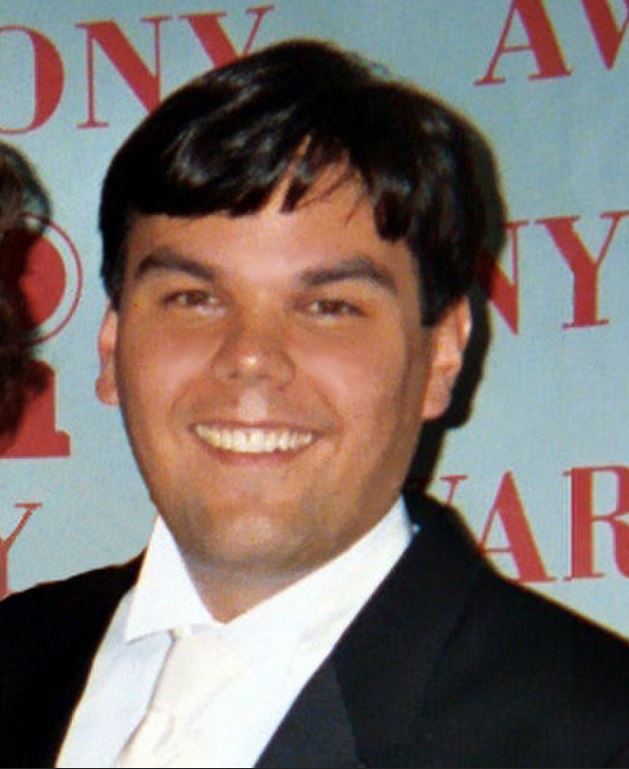
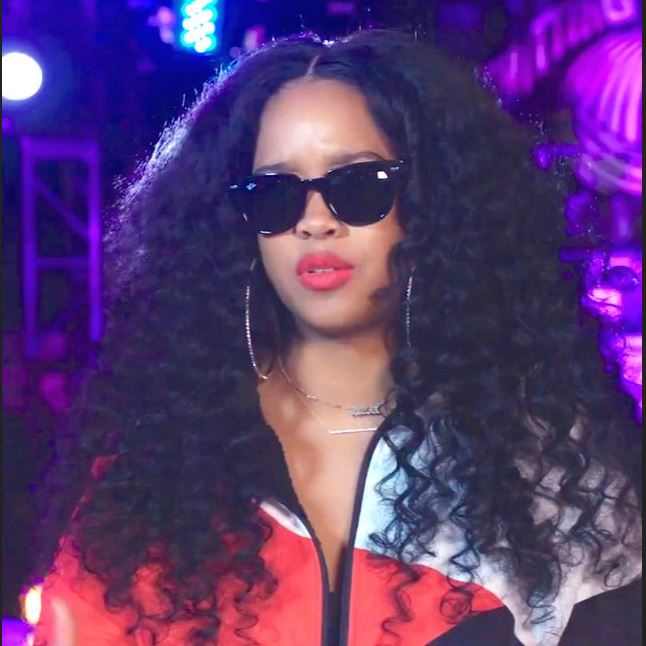
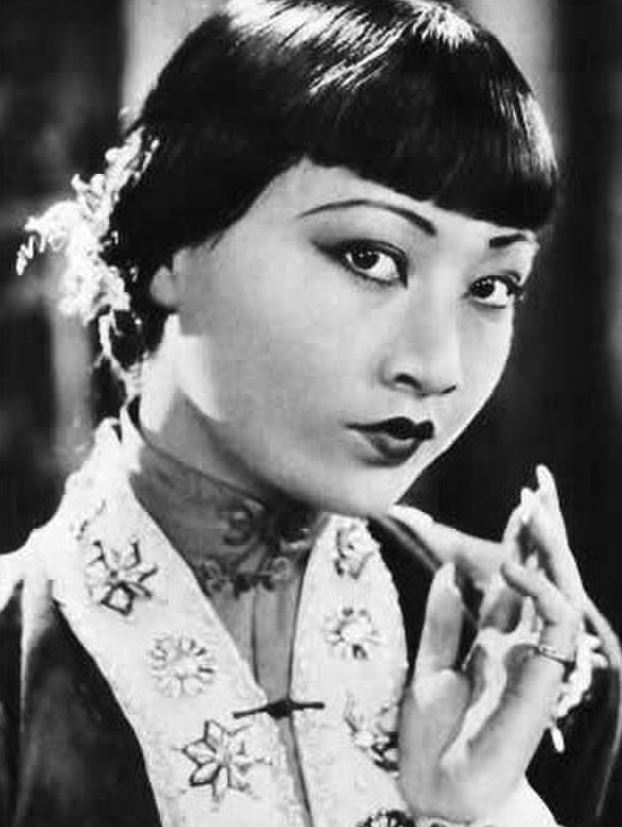



Freida Lee Mock: Oscar Winner 1994 – Best Feature Documentary: “Maya Lin: A Strong Clear Vision”;
Jessica Yu: Oscar Winner 1996 – Bess Documentary Short: “Breathing Lessons: The Life and Times of Mark O’Brien”
Both Chinese American Oscar Winners.
You are correct. Thank you.
Great to highlight the disparity. However, here are a few more recent winners to add to the list Jimmy Chin and Elizabeth Chai Vasarhelyi (Chinese American) – Best Documentary Feature 2019 “Free Solo.” Domee Shi – Best Animated Short Film 2019 “Bao” (she’s Chinese-Canadian technically but working in the U.S. at Pixar)